Some thoughts on greenness in South African reds, prompted by comments on an earlier post. First, let me state that I'm a big fan of South African wines. I've been there twice in the last couple of years, most recently in December 2005, and I was excited by a lot of what I tasted. But at the same time, I have to say that a proportion of the red wines suffer from a green streak, which I assume is caused by a proportion of unripe grapes.
What's the cause of this? South Africa shouldn't have problems with ripeness; its premium wine regions are pretty warm. Many commentators lay the blame at the door of leaf roll virus infections, which are a huge problem in many areas of the Western Cape. You can read about this
here (I'm linking to Google's cache of the article; the
Wine Spectator now charges for access), and there's a wonderful, but more technical article on the problem
here.
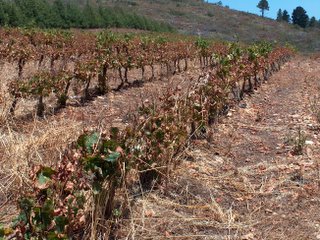
At one property I visited in December they replanted five years ago, and are now having to replant again, because the new planting material is already virus infected. The big problem is that, unlike phylloxera, leaf roll virus allows a crop to be produced and for it to ripen, but in many cases full physiological ripening never happens, resulting in green wines. I suspect the flavour profile of some South African reds, with sweet fruit and greenness at the same time, is caused by uneven ripening in vineyard blocks, with the virus affecting some vines more than others, or just infecting a few and others not at all. Pictured is an infected vineyard block in Vergelegen, which has been deliberately killed off with herbicides: the explanation I was given for this is that you can't just take the vines out and replant, because the soil-dwelling bugs that transmit the virus will still be there and reinfect the new vines. So you have to let the vines die, first. The vector in question is the vine mealybug (see article
here), which is normally found on the aerial parts of the vine but which also has a subterranean part to its life cycle.
The mealy bug is fascinating - there's a good article, with a picture of its life cycle
here. Ants are also involved in the story because they protect the mealy bugs, who give the ants a feed. Because it's difficult to eradicate plant viruses, current efforts in the war against leaf roll virus are concentrating on biological control (e.g.
here) and genetic modification (which isn't allowed yet).
Labels: south africa, viticulture
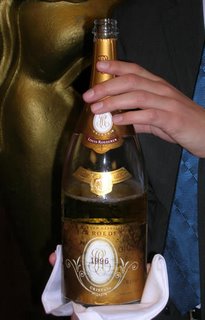 Roederer Cristal. I drank two vintages today at BAFTA in London's Piccadilly (you can see the BAFTA 'mask' in the background of the picture) - the 1990 and 1996, from magnum. Both were utterly fantastic: fresh, complex and almost perfect, with the 1990 just having the edge on the 1996 at the moment. In time the 1996 may prove the better, but it's a hard call.
Roederer Cristal. I drank two vintages today at BAFTA in London's Piccadilly (you can see the BAFTA 'mask' in the background of the picture) - the 1990 and 1996, from magnum. Both were utterly fantastic: fresh, complex and almost perfect, with the 1990 just having the edge on the 1996 at the moment. In time the 1996 may prove the better, but it's a hard call.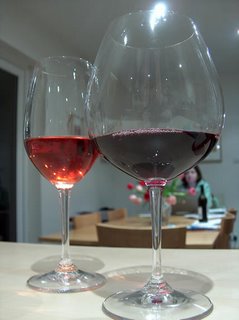

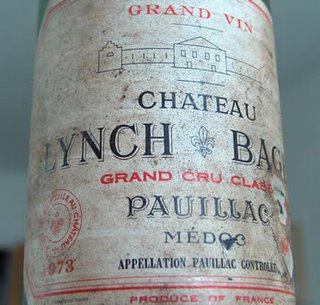
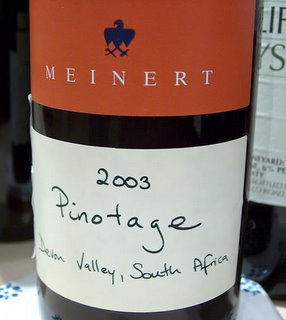
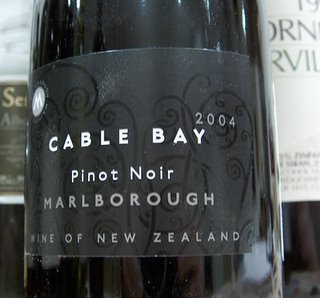
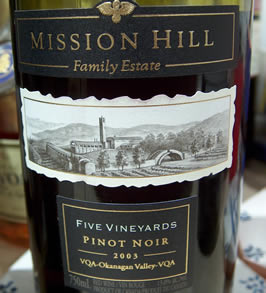
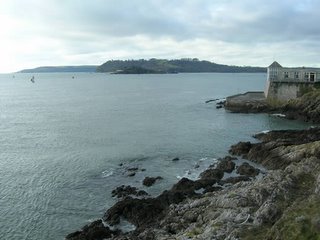
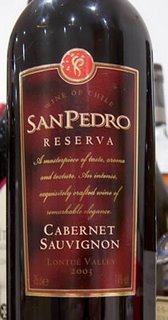
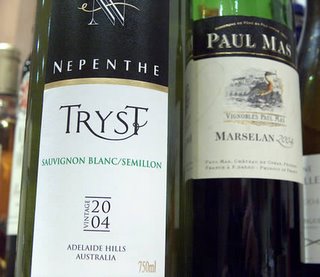
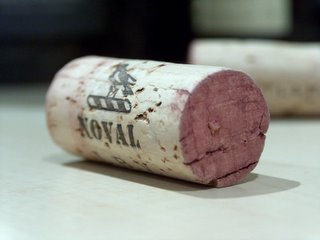
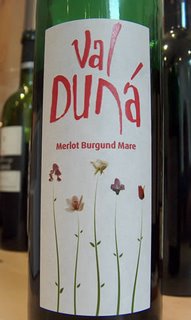
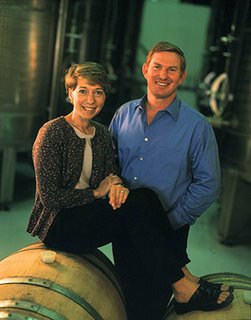
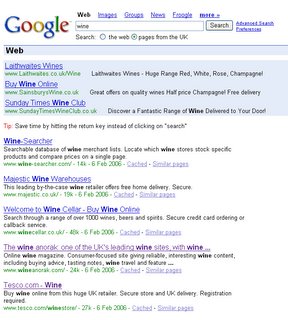
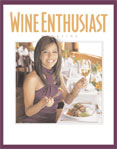
 The web log of wine journalist Jamie Goode. Feel free to nose around; your comments are welcome
The web log of wine journalist Jamie Goode. Feel free to nose around; your comments are welcome 
